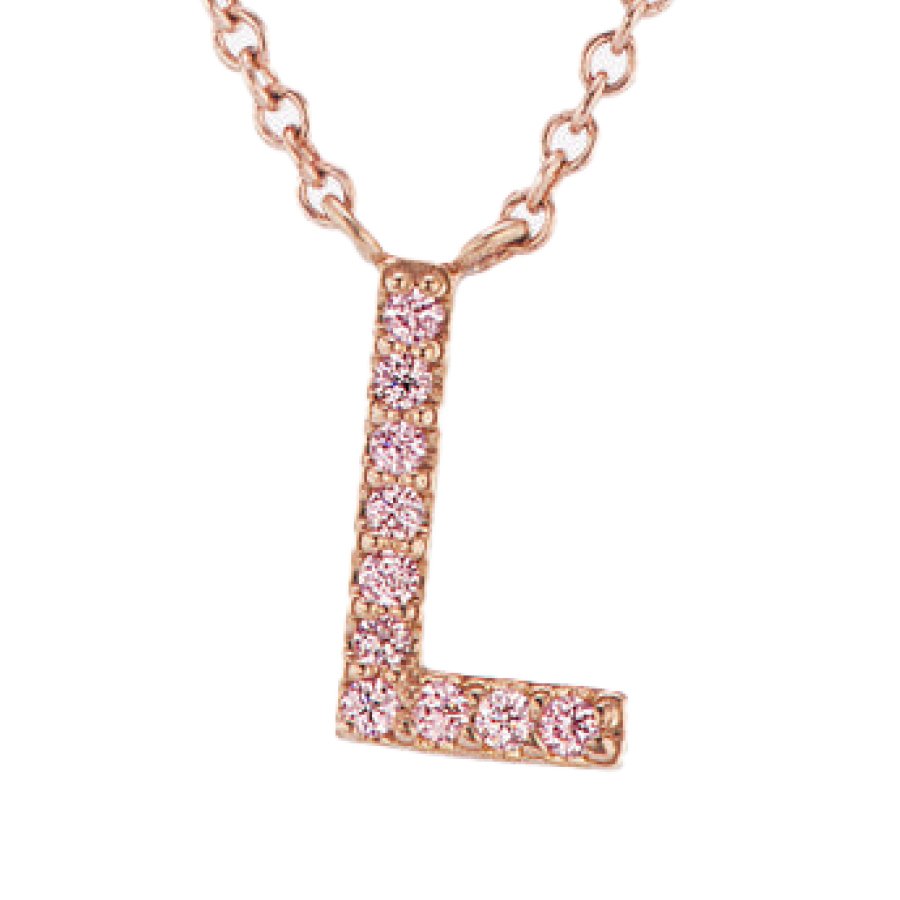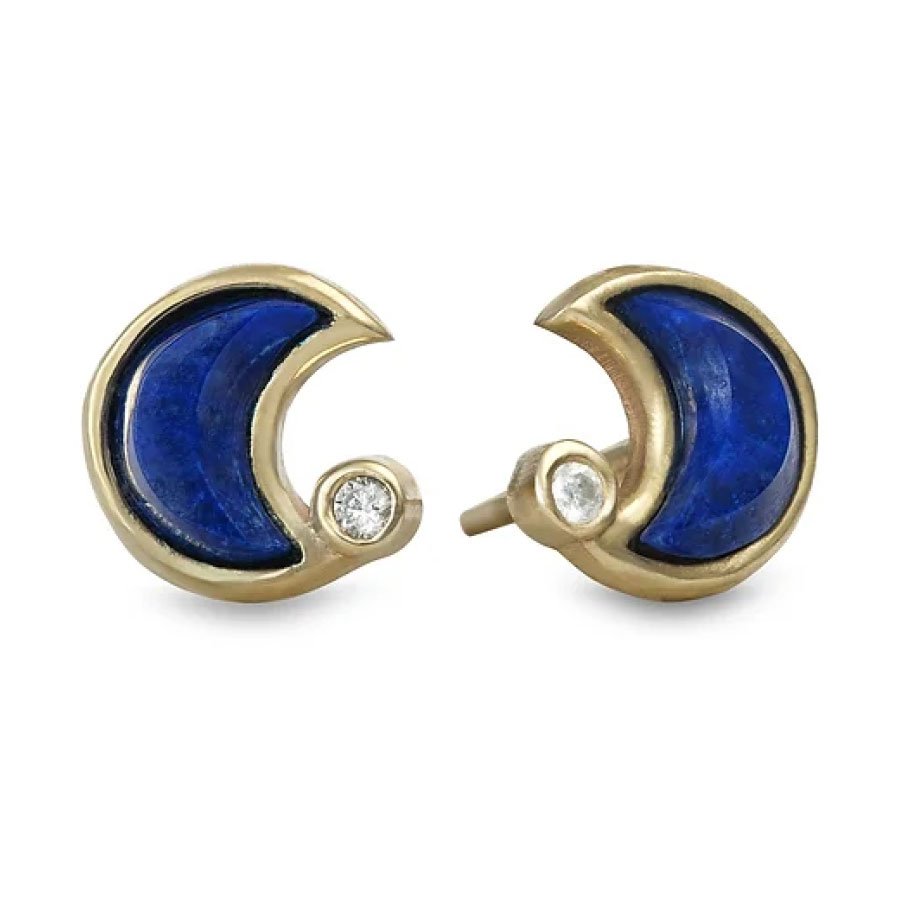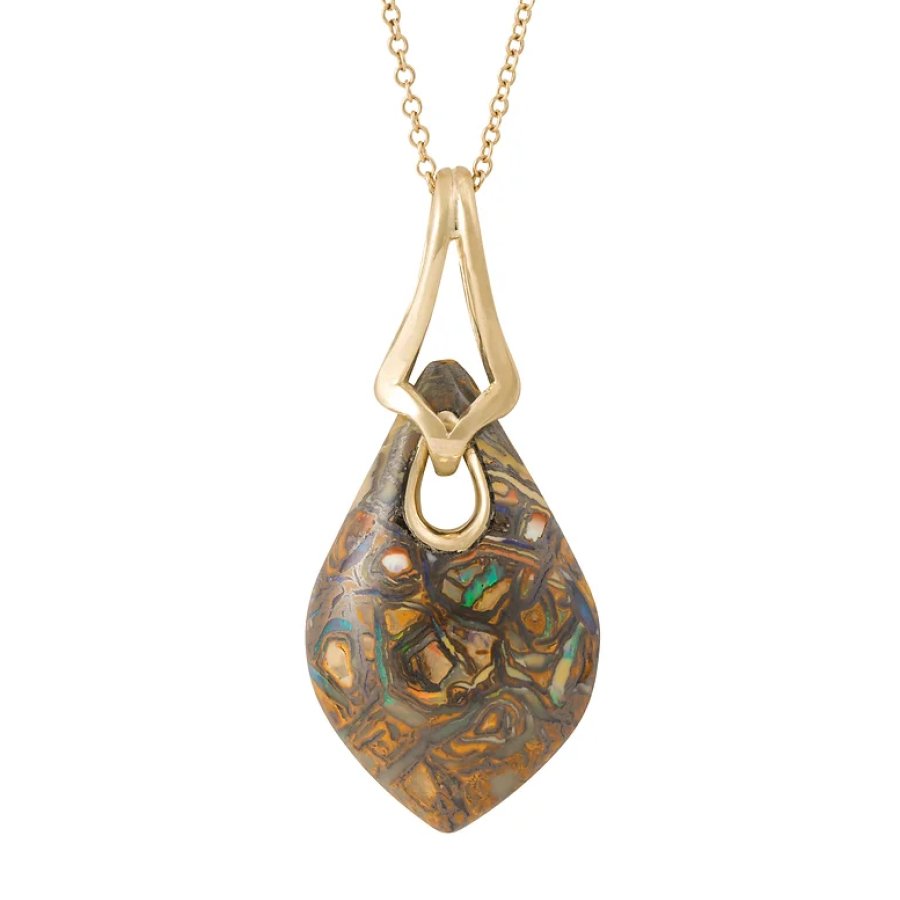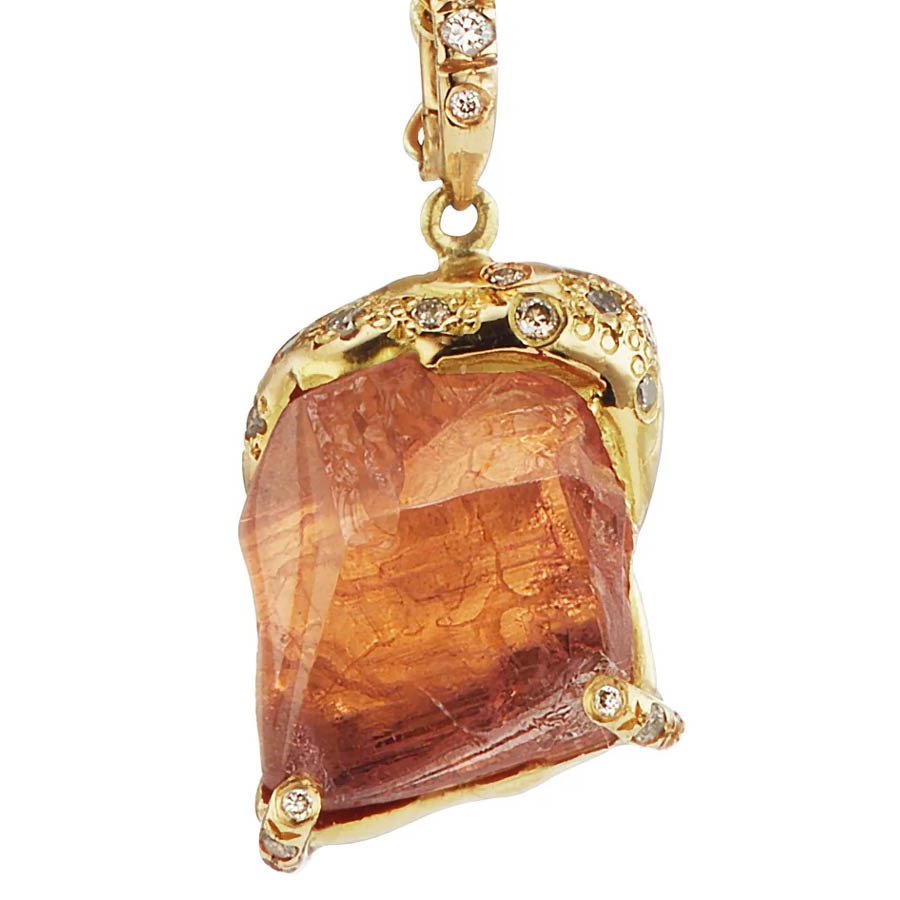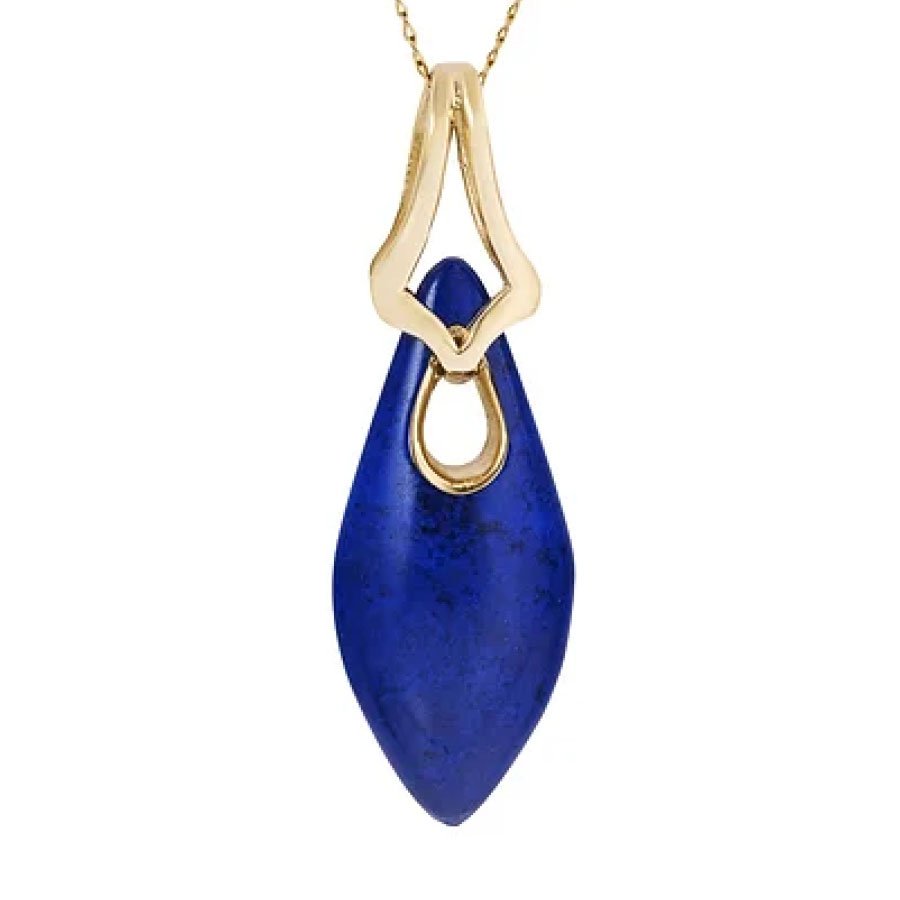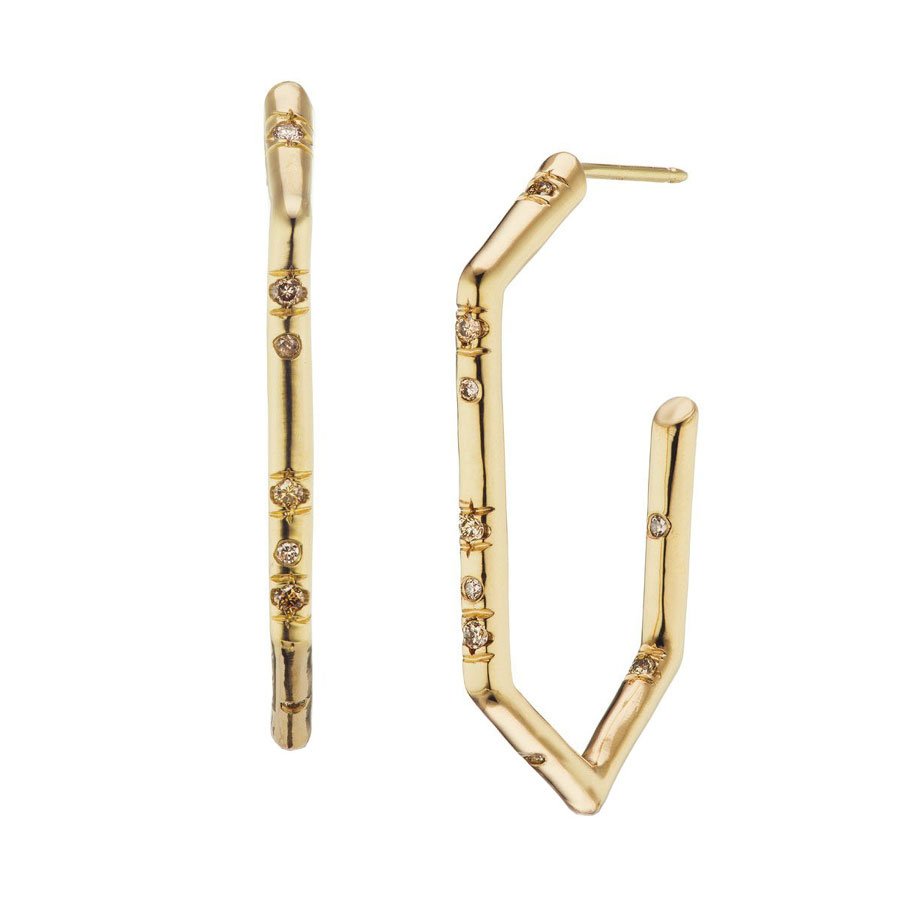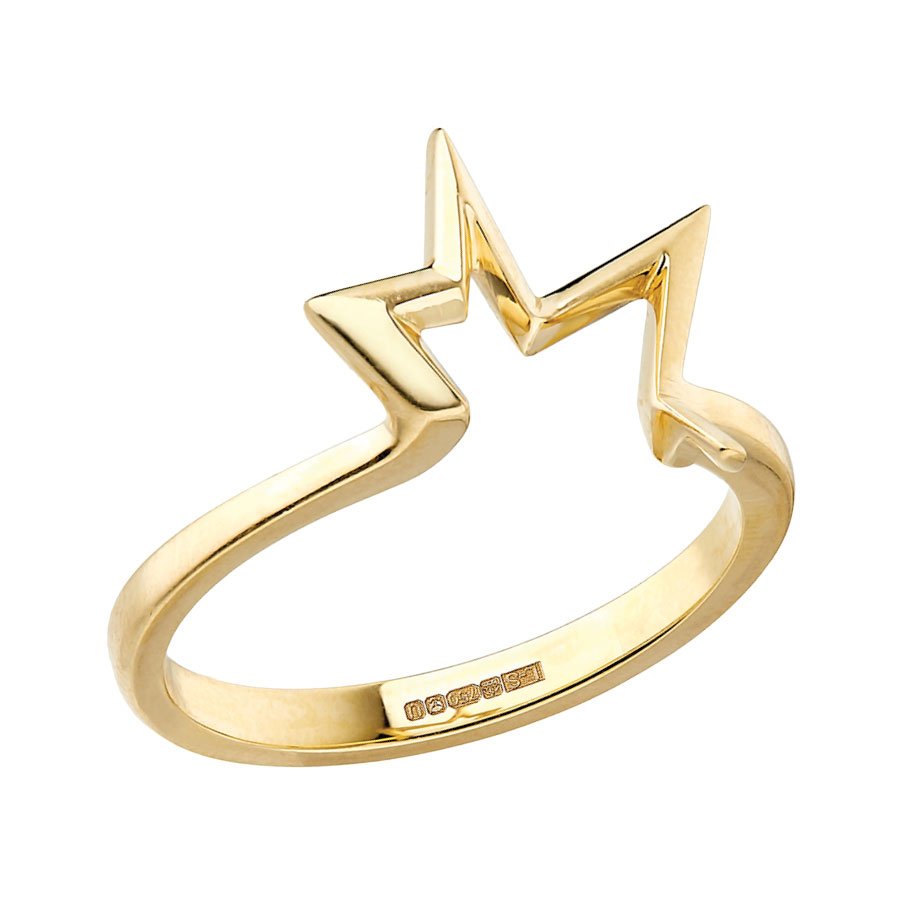3 Ways Responsibly Sourced Jewelry Empowers Climate Action
Gemstones and jewelry can create POSITIVE SOCIAL IMPACT and ALIGN WITH YOUR VALUES
In September I had the opportunity to attend Climate Week in NYC. One event, in particular, hosted by Women and Climate, inspired optimism that small things can collectively create big change!
These enlightening conversations led me to realize the relevance of responsibly sourced gemstones, post-consumer recycled diamonds, and Fairmined gold in taking climate action.
More and more we make intentional investments that respect people and the planet.
Just as we know where our food comes from and who made our clothes, why not jewelry?
Consumers are familiar with the words “ethical” and “sustainable”, but responsible sourcing is a more meaningful goal because this encompasses what is good for people, the environment, and the viability of a thriving local economy - ideally achieved through vertical integration.
Responsible sourcing is an open, evolving conversation and it looks a little different around the world be it diamonds, colored gemstones, or precious metals. It involves knowing the “where”, the “who”, and the “how” along the supply chain.
The best practices aim for:
conflict-free
knowing the origin of gemstones and precious metal
a traceable, transparent supply chain, that is as short as possible
protecting people, their skills, and sustainable vertical integration in mining communities
protecting and restoring the environment and wildlife, be it land or sea
mercury-free gold
As we all seek to make intentional choices that align with our personal values, below are things to ask about jewelry “ingredients” when making a purchase. The designers in this community do their best to practice responsible sourcing as much as possible.
3 RESPONSIBLY SOURCED choices that align with CLIMATE ACTION
Let’s explore what this means for colored gemstones, diamonds, and precious metals.
1. COLORED GEMSTONES and ARTISANAL MINERS
An important distinction to know about artisanal and small-scale miners is that they are often farmers. They mine gemstones part-time using farming tools: hands, shovels, and sometimes compressors. Artisanal mining communities are more like extended families.
I’ve had the opportunity to get to know Roger Dery, a celebrated colored gemstone cutter, who together with his family, Ginger and Rachel, created Gem Legacy. This 501(C)3 provides vocational training, equipment, and other needs. When miners know the geologic indicators of where to dig, understand the value of their finds, and can cut and grade their gems, these communities are empowered to thrive in a holistic, sustainable way.
An important reframe is to think of artisanal miners as entrepreneurs - some of which are women, such as Beatrice and Esther who run the Precious Women Mine!
This short film provides a glimpse of the many roles that contribute to harvesting colored gemstones from the earth to the market:
2. POST-CONSUMER RECYCLED DIAMONDS
On the topic of conflict diamonds, it is estimated that 30% of the global diamond market is of Russian origin. This is why fully transparent supply chains (from mine to cutting to market) are critical to ensure purchases are not funding conflict. Diamonds from Botswana and Australia represent best practices of transparency. Not only do the local communities benefit, but the natural environment is restored.
Additionally, there are other (breathtaking) responsibly sourced options unlike every other diamond: post-consumer recycled diamonds. The term applies to gemstones harvested from jewelry previously owned and worn by the consuming public.
The facets of diamonds can tell us a lot about when a diamond was cut. Today diamonds are cut with machines informed by math and science, whereas diamonds before the early 20th century were cut with eyes and hands. By simply looking at facets, many diamonds can be dated well before conflicts across seven African countries and now Russia.
It has been said the future of fashion is circular, but as one of the world’s first art forms, jewelry has always been circular!
CLIMATE OPTIMISM and a sparkling CIRCULAR ECONOMY
Choosing post-consumer recycled gemstones is one way to mitigate our environmental footprint, live into being a Climate Optimist, and contribute to the progress of beating climate change.
The curated diamonds you see here from Perpetuum Jewels are primarily antique, but Jay does have a few that are contemporary in origin. Certified post-consumer recycled diamonds can be 4 years old or 400 years old.
“These materials have already incurred a cost in their environmental footprint as a primary commodity from a non-renewable and extractive industry. The older the jewelry and its gems, the better for its recycling and environmental value as it re-enters the trade.”
Perpetuum Jewels’ Certifications
Perpetuum Jewels is 3rd Party Certified by SCS Global Services, a trusting leader in environmental and sustainability certification and auditing. They work to promote sustainable decision making and policies to safeguard the environment, support workers and communities, and raise the standard of living for all.
3. FAIRMINED GOLD
It might be surprising to learn that the vast majority of gold is currently mined from China, Russia, and Australia.
Recycled gold in 2020 represented 28% of the annual gold supply, according to the World Gold Council. While choosing jewelry with recycled gold carries the promise of a lower carbon footprint, Fairmined gold goes further in a few ways.
Fairmined is an assurance label that certifies gold from empowered responsible artisanal and small-scale mining organizations. This mercury-free gold can be traced back to its origin. Not only is there clarity about where it is from, but also the conditions it was mined, ensuring social development and environmental protection.
Certified Fairmining organizations are currently operating in:
Colombia - Chede, Iquira, La Gabriela
Peru - Cecomip, Cruz Pata, Oro Puno, Macdesa
Equador - Ponce Enríquez
“Artisanal and small-scale mining, a largely informal sector in many countries, won’t go away. Far from it. So rather than pretending the problem doesn’t exist, we need to work with these miners, support them and bring them into the supply chain.”
As your jewelry guide, I help you acquire thoughtfully designed jewelry made by women that align with your values.
SHOP YOUR VALUES WITH FINE JEWELRY
A NOTE ON LAB-GROWN DIAMONDS
I am often asked why laboratory-grown diamonds are not mentioned. While everyone’s values differ, they are relevant to the conversation.
Creating laboratory-grown diamonds requires an immense amount of energy. Environmental claims are deceptive and often unsubstantiated. When comparing natural diamonds to lab-grown diamonds the data on carbon pollution and greenhouse gas emissions is inconclusive. In 2019, the Federal Trade Commission (FTC) sent warning letters to eight lab-grown diamond and simulant companies regarding their “sustainable”, “eco-friendly”, and “eco-conscious” claims and disclosure.
When such comparative claims are drawn, consider that lab-grown diamonds increase economic benefits for first-world countries at the expense of mining communities in developing countries.
As a mass-produced product, laboratory-grown diamonds will continue to lose their value.
Similar to fast fashion, working conditions and fair compensation are questionable.
When natural diamonds were discovered in Botswana in 1967, they transformed the nation through vertical integration. One of the many ways this diamond mining industry changed this country was by providing education to both boys and girls from primary school through advanced degrees at global universities. Today women are thriving in places that matter from driving massive trucks on-site to cutting and grading diamonds to being decision-makers on boards. Other professional industries are also thriving with women in them, so you can feel good wearing diamonds from Botswana.
I encourage you to discover how “an industry that is historically contentious can be made to work in favor of people and the planet.”
There are many projects (often run by women) in other diamond-producing countries that positively benefit artisanal and small-scale mining communities. Natural diamonds can align with your personal values and create a better world for everyone.
What are the benefits of The Brilliant Concierge service?
A fluid, personalized experience protecting your time and providing peace of mind. I help you invest in discerning jewelry with intention and connection. The service can be:
Editing your current jewelry wardrobe to rediscover your collection and prioritize needs for your next purchase.
Advising you on intentional jewelry that fits your lifestyle and values, as well as wear and care considerations.
Sourcing jewelry for you or a gift for someone you love, be it day-to-night stud earrings or an engagement ring.

















